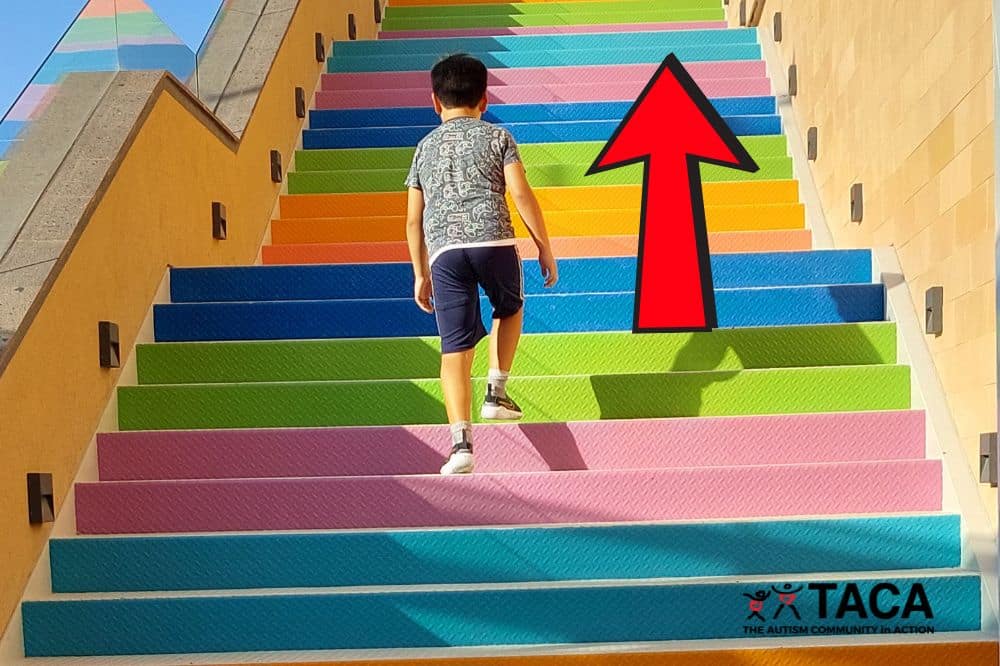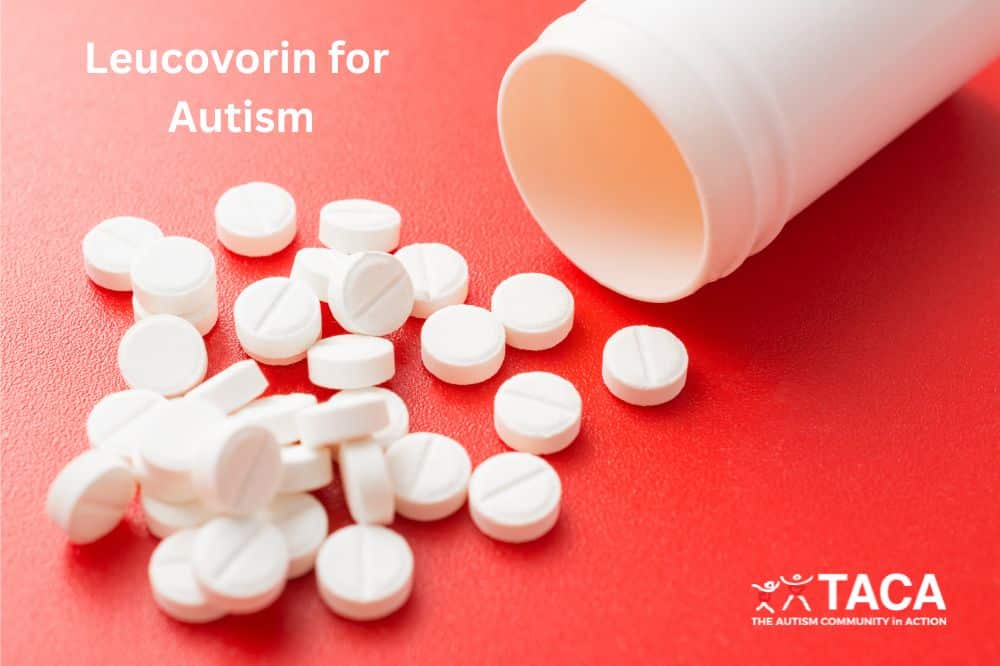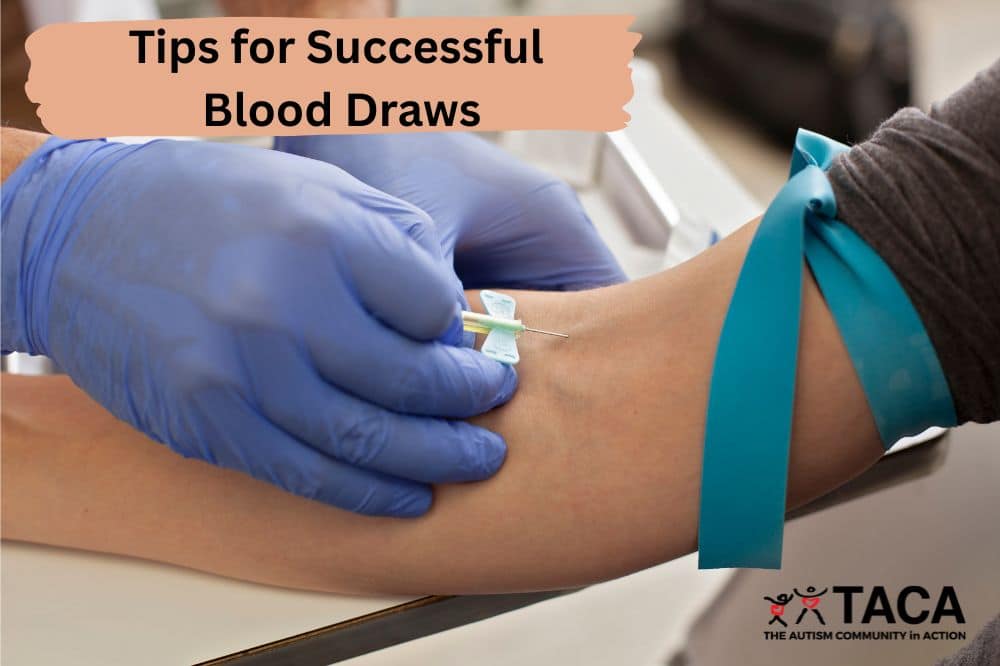IEP Transition Planning
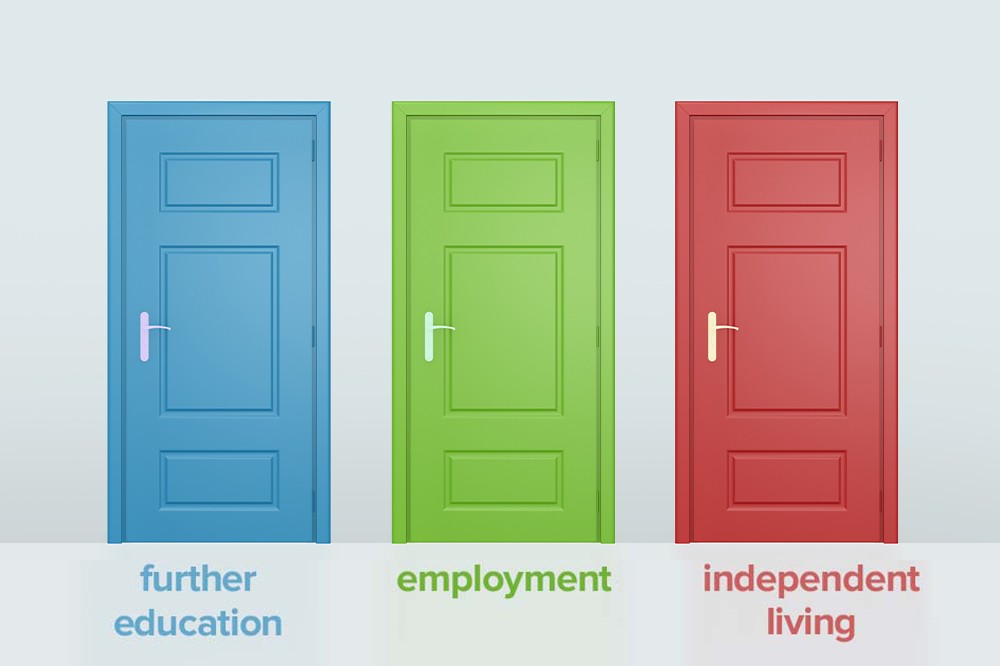
All contents of this resource were created for informational purposes only and are not intended to be a substitute for professional advice, diagnosis, or treatment. Always seek the advice of your physician, therapist, or other qualified health providers with any questions or concerns you may have.
One of the core objectives of IDEA is to prepare students for life after high school. Specifically, further education, employment, and independent living. IEP transition services fulfill this objective, and the law requires them to begin the year your child turns 16 years old.
Transition is an exciting time when students become part of the IEP team. They actively participate by sharing their goals and creating a transition plan that gives them the ability to live, work, and play in the community as fully and independently as possible.
In this article, you will find tips and suggestions for successful transition planning.
Person-Centered Planning
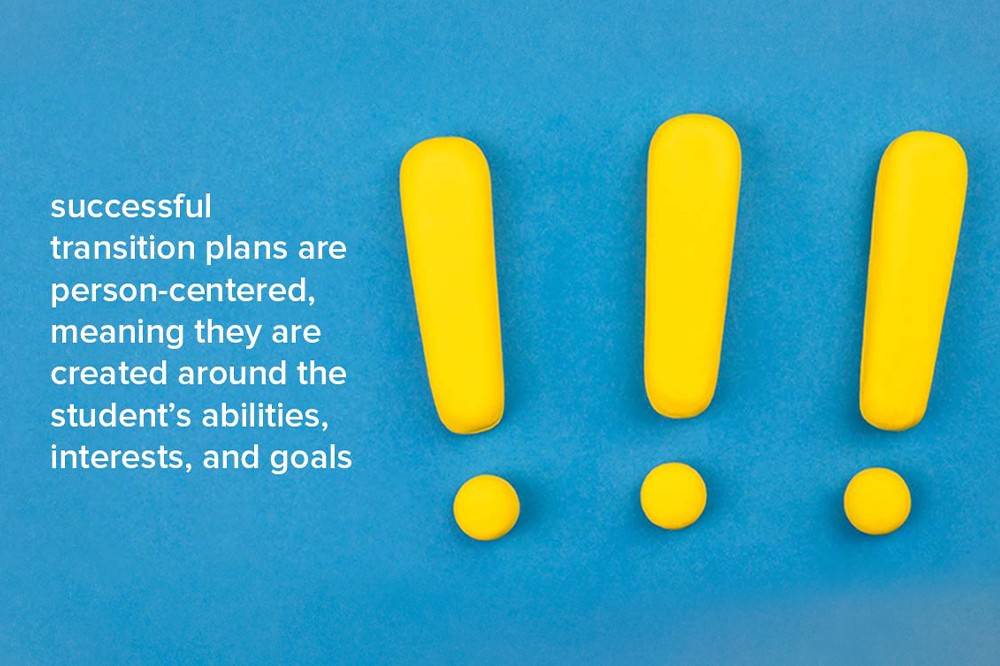
Most importantly, successful transition plans are person-centered. Meaning, effective transition plans are based on your child’s individual preferences, goals, and strengths.
Below are some tips to help ensure that your child’s IEP transition plan is person-centered.
- Make sure your child is an active part of the IEP team.
- In most states, students begin attending transition IEP meetings when they turn 16 years old, but some states allow students to start attending when they turn 14 years old.
- Know that the law requires transition goals to cover the following areas:
- Vocational training
- Post-secondary education
- Jobs and employment
- Independent Living
- Include SMART goals that reflect what your child wants to do or achieve after high school.
- However, many students do not know what they want to do after high school. That is okay.
- In this circumstance, write goals about career exploration through vocational assessments and community-based work experiences.
- However, many students do not know what they want to do after high school. That is okay.
- Update transition plans yearly to reflect changes in your child’s preferences and interests.
- Know that educational rights transfer to your child when they turn the “age of majority,” usually 18 years old.
- In other words, when your child turns 18, the school will require their consent to make any changes to their IEP, placement, or services, as well as for permission to evaluate.
- Each state differs slightly in transferring education rights to students. Read more from PACER about the transfer of rights at the age of majority.
Intra-Agency Responsibility

Additionally, successful IEP transition planning requires community involvement outside of the school.
- Outside agencies frequently invited to transition IEP meetings include the following:
- Vocational Rehabilitation, a government agency in every state that provides job assessments, training, and placement.
- Social worker
- Job coach
- Independent living center representative
- College or technical school disability services representative
- Career counselor
- A person familiar with financial assistance benefits
- Local public transportation representative
- If an agency fails to provide the transition services agreed upon, the school district must find an alternative way to meet the requirements.
- Once a connection is made between the student and an outside agency, it becomes the student or parents’ responsibility to remain in contact with the agency and coordinate any transition planning needs that will take place outside of the school.
Preparing for Life After High School at Home

In order to help your child achieve their post-secondary goals, it is important to help them prepare for adulthood at home. The following suggestions will help get you started.
- First, discuss options for post-secondary school, employment, leisure activities, and living arrangements with your child.
- Then, explore your child’s interesting by:
- Visiting friends at their places of employment or living space.
- Volunteering or job shadowing in your community.
- By all means, don’t forget to explore hobbies and leisure activities that interest your child.
- After all, recreation and social opportunities are an essential part of a balanced life.
- Our article, Facilitating Friendships, has great ideas for ways parents can help children develop and sustain friendships.
- After all, recreation and social opportunities are an essential part of a balanced life.
- Above all, practice Life Skills and Executive Functioning Skills at home.
Conclusion
In summary, IEP transition planning is a team effort involving the school, outside agencies, parents, and most importantly, the student. Ultimately, you will cultivate the best possible environment for success when you couple thoughtful planning with targeted instruction and community experiences.
Recommended Resources
- United States Department of Education: A Transition Guide to Postsecondary Education and Employment for Students and Youth with Disabilities
- National Resource Center for Supported Decision-Making
- Center for Parent Information and Resources: Transition Planning
- PACER: Vocational Rehabilitation


